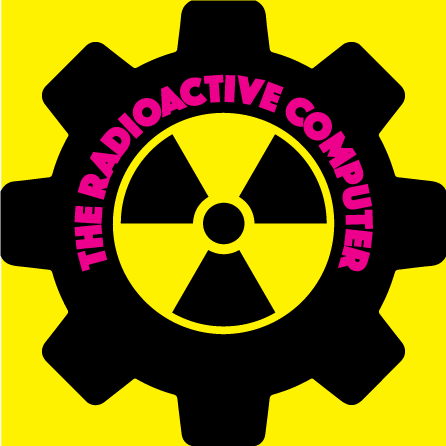Let me just clarify, that when I say "game scores", i'm not referring to the number in the corner of your screen that slowly goes up as you play. No, i'm talking about the music that accompanies any game that you play, much like a movie or play's score. and scores are important to talk about, music is an international language and something that everyone understands that can unify and direct our emotions. So lets take a step back and look at how music in our most modern form of art developed.

A Minecraft "note block" created to allow players to make their own music
1970-1990
We start with the start of games, pong back in 1972 (or 1958 if you count the first "playable" version, Pong wasn't released commercially until 1972). Pong had no music, instead having one sound effect that was the "ping" as the ball bounced off of each player. In fact most games in the 1970's barely had any sounds. This was for two primary reasons, limits in technologies, and limits in field. We will see that these two concepts are the main chains of the music in games. Pong and other games of the time could play a tone, however these tones were not taken from anything. as such the programers had to make them using limited directly programmed sound wave. This meant that, because there was no programming interface for certain sounds, programmers had to make their sound effects out of nothing and eventually fell on the system of chiptunes.
The game Asteroid 1979, If you hear in the back, there is a slow beat that slowly gets faster as time progresses and as the screen inevitably fills up with smaller and smaller asteroids
Chiptunes were limited in range and dynamics only able to play a simple scale that was one octave. It also had a harder time producing very specific sound effects as those sounds needed to be worked on with direct code by a programmer for a large period of time to get just the right dynamic. There was also the issue of utility with untrained professionals. Back in the 70's game development teams were small in number, usually just a handful of coders and as such there was limited understanding in fields such as story writing and in this case, musical design and implementation. The developers who worked on the games weren't trained to make music and musicians either thought of it as a trivial pursuit or were turned away by their lack of knowledge in programming. This changed in the 80's with the introduction of larger budgets and more developers learning through expiriance as to what made good music, but it was still a limiting factor. For example the makers of asteroid in 1979 designed the thrumming of the ships engines to match the heart beat of a human at the beginning (~16bpm) and then cranked it faster and faster as time went on to make the game more intense. This is probably the first case of psychoacoustics in video games.
The SEGA sound file
1990's to 2000's
In the 1990's a lot changed. For one, programming languages developed to include specific commands concerning music, which made it easier to make your own music. There was also an introduction of a new form of collecting music which was bitcrunching audio files or digital synthesis. Essentially a sound file was taken and then compressed heavily to match a game. These options had been available in the past, but only for large arcade machines which had better processors. In the 90's this technology leaped over to the home console market, although the sounds that came with the consoles were fairly basic and definitely still sounded synthesised. The reason for this was that there simply wasn't enough space on the cartragies for the games to include sound. in 1991 the game Sonic was released. When the game was booted up it played the company (SEGA's) jingle which was a bitcrunched choir singing the single word SEGA. This one sound file took up more space than 3 entire levels of the actual game. Music also started to become more dynamically designed around the game. Walking through certain doors would set off triggers that might start a different music piece or being low on health might increase the tempo of the current music you were listening to.
The Halo theme, using a string orchestra and a choir aiming to mimic holy chants to elude to the games themes surrounding religion
2000's - now
as we approached the 2000's more and more companies began experimenting with more and more extravagant score like those developed for games like Final Fantasy VII. However one of the most critical games that affects how many developers score their games today is 2001's Halo. Halo's sound system was heavily utilized as developers kept bit crunching to a minimum and used new sound systems that came with the next generation of consoles including surround sound which made music much more autmospheric. additionally, with more high quality sounds, developers can diversify what type of music they are trying to give to their audience. On top of this, the multi-billion dollar value of these games has led to a rise in sound budget which allows producers to hire orchestras to create and perform pieces for the purpose of the game. Now in the 2010's we're seeing a significant rise in the independant market, and with that comes an increase in the weird and creative. We can see this in games like Cuphead (2017) where the ability to incorporate multiple different songs where each instrument in a band can be properly recorded allowed them to mimic some of the big band jazz pieces of the 1950's.
The Cuphead song aiming to mimic South American songs using similar instrumentation such as the "talking drum"


















